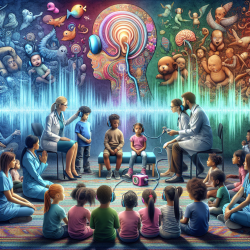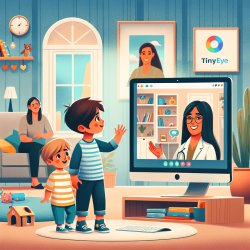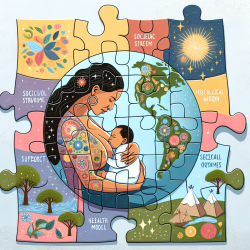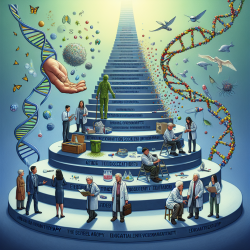Introduction
In the realm of speech-language pathology, understanding the intricacies of brain development in children is paramount. A recent study titled "Functional brain network community structure in childhood: Unfinished territories and fuzzy boundaries" sheds light on how children's brains are organized differently from adults. This knowledge can empower practitioners to tailor interventions that align with the unique developmental trajectories of children.
Understanding Brain Network Community Structure
The study utilized functional MRI data from 670 children aged 9-11 years to explore the community structure of the cortex. The findings revealed that while early-developing sensory and motor communities in children resemble those in adults, significant differences exist in transmodal areas. Notably, children possess more cortical territory in the limbic community, which plays a crucial role in emotion processing, compared to adults.
Implications for Speech-Language Pathology
These insights into the brain's community structure have profound implications for speech-language pathologists. Understanding that children's brains are not merely smaller versions of adult brains but have distinct organizational patterns can guide the development of more effective therapeutic strategies. Here are some practical applications:
- Tailored Interventions: Recognizing the expanded limbic territory in children, interventions can be designed to support emotional regulation alongside language development.
- Flexible Approaches: Given the flexible interactions across communities in children's brains, practitioners should adopt adaptable methods that can evolve with the child's cognitive and emotional growth.
- Focus on Integration: Emphasizing the integration of sensory and motor functions with language skills can enhance overall communication abilities.
Encouraging Further Research
While this study provides valuable insights, it also opens the door for further research. Understanding the nuances of brain development in younger children and tracking changes through adolescence can provide a more comprehensive picture of cognitive and language development. Speech-language pathologists are encouraged to engage with ongoing research and contribute to the growing body of knowledge.
Conclusion
The study on functional brain network community structure in childhood offers a fresh perspective on how children's brains are organized. By leveraging these findings, speech-language pathologists can enhance their practice and ultimately improve outcomes for children. For those interested in delving deeper into this research, the original paper is available for further reading.
To read the original research paper, please follow this link: Functional brain network community structure in childhood: Unfinished territories and fuzzy boundaries.










